January 12, 2017
Drones, 3D printing and platooning — the future unveiled at TRB
The future-focused rite, including 12,000 attendees with an interest in transportation and 5,000 presentations this year counted 115 sessions focused on freight.
TRB annually delivers an overflowing cornucopia of information and is a networking paradise for university and government researchers, student job seekers and a healthy dose of company officials.
While many of the sessions are highly scientific, autonomous vehicles was THE hot topic, including one session focused on future intermodal technology as envisioned by three companies.
One was a household name – UPS – best known to intermodalists as one of the largest and most exacting users of rail. A second representative was Peloton, a leader in development of autonomous vehicle systems, which has focused up to now on long-distance trucking. The third representative was the futuristic Hyperloop, which envisions a network of supersonic container transportation between ports and inland locations, using a system of pressurized tubes and advanced magnetic levitation technology.
As you might expect, each representative offered a unique perspective. Their insights were far from the world of moving a container, grounding a load or doing the paperwork associated with actual freight movement. However, each had a common theme: ready or not, vehicle and delivery technology will change the face of transportation and intermodal, just like technology apparently is rapidly changing passenger cars and over-the-road trucking.
UPS, represented by Vice President Tom Jensen, expects wider use of drones, 3D printing and new delivery approaches in congested urban areas. Drones could come into use for delivery in remote areas where deliveries can be costly for a package truck/car. He described a future when drones ride in the roof of a delivery vehicle and can fly to make a dropoff at one location and return while a driver actually delivers a package nearby.
The package company still can be involved in 3D printing, which substitutes a printed product such as an auto part for an actual package delivery, through generation of the 3D printing image at its UPS Store network.
While those two technologies might not seem to have a direct effect on moving the actual freight, intermodal participants already are testing them in situations that affect their business. Witness BNSF Railway’s drone program for track inspections. Can a trucker’s use of 3D printing to create a part be far behind?
A more tangible effect could be truck platooning, which Peloton is developing, working together with UPS and others such as FedEx and Wal-Mart. Platooning’s key advantage, as outlined by Vice President Steve Boyd, is fuel savings when two trucks are linked together by the technology. That savings average, he estimated, is 7.5% per truck which equates to an overall cost savings of 19 cents per gallon when diesel is $2.50. That lower operating cost conceivably could change the economics on the margins for an intermodal move back to the highway, especially if the savings are increased. Peloton also touts safety savings that could further lower road costs.
The savings could increase if the second truck ever can be operated without a driver, furthering the potential impacts on intermodal.
For now, Peloton is at Level One, working on over-the-road projects in individual states. Its technology only is going to be available on newly built trucks and could be tested on a limited number of state’s roads.
Currently, applications of the concept to traditional intermodal drayage are limited by factors such as a disaggregated group of carriers, most with limited financial resources and a local delivery focus.
Boyd sees an immediate application for Peloton in intermodal, working with regional truckers moving international freight on intercity routes.
Longer term, Boyd thinks intermodal is a fertile ground for cargo routing, information technology and application of its technology in a controlled space such as an intermodal terminal. He envisions early projects in Texas and California.
Four-truck platoons have been tested in Europe, and Peloton plans to work with port officials in Singapore to operate with a lead driver controlling three other vehicles.
Boyd believes the next step, or Level Two, will include a focus on lower-speed deliveries in an urban setting. That sounds a lot like intermodal drayage.
Unlike UPS and Peloton’s efforts that already exist, Hyperloop representative Dapeng Zhang admitted that its concept will take a long time to develop. If it can be made to work, transit times could be cut by more than 90% to move a box from a Southern California warehouse to a destination in California’s Inland Empire.
The idea would be to use a crane to put a container into a pod that speeds along the specially built tunnel.
Some cautions. He didn’t identify funding. Nothing has been built, though the propulsion system was tested last year publicly. The goal is to build the first system by 2020, but not in the U.S., where regulatory barriers and land acquisition are higher than other countries.
Whatever develops and whatever the timetable might be, all three speakers were certain a variety of fundamental changes are ahead. So stay tuned. But meanwhile, don’t expect to stop losing sleep over things like serving customers, finding the next load or making money.
Add new comment
2025 PARTNERS
A special thank you to our premium level partners for your continued support.




.png)
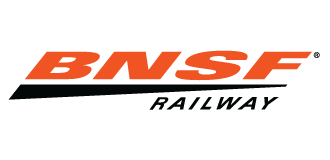


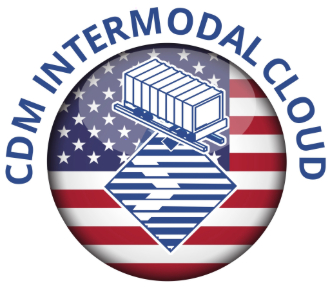


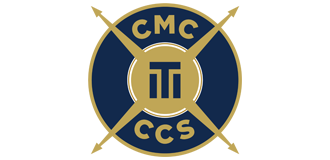




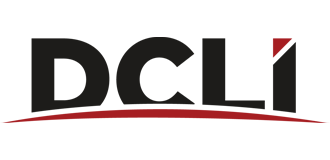
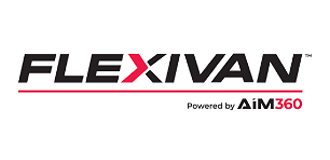





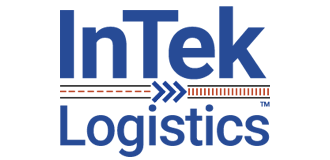



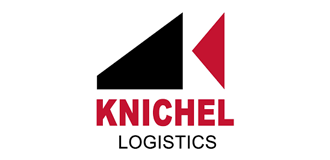

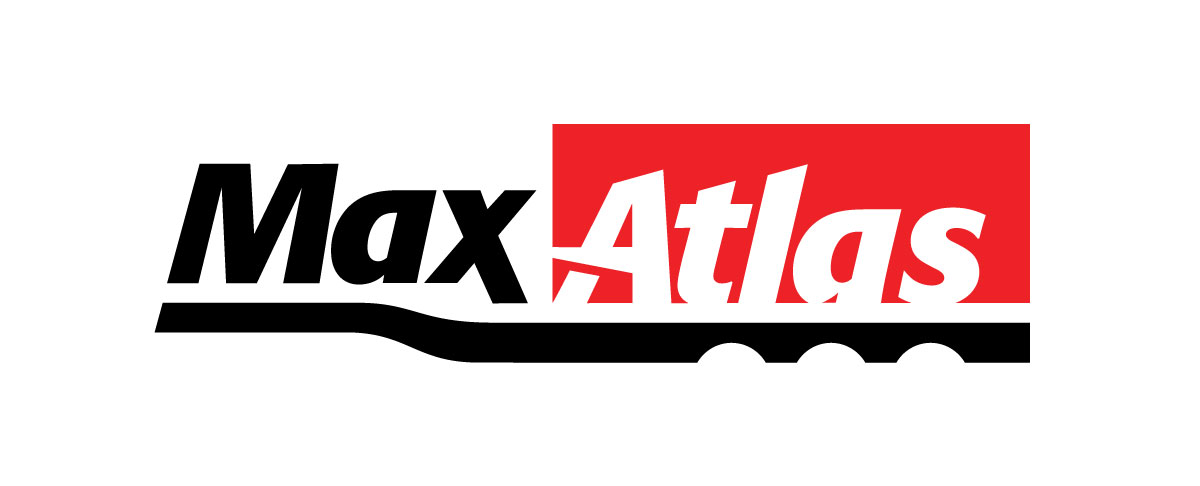

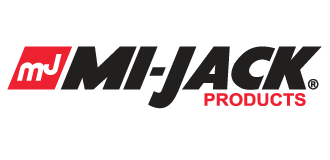
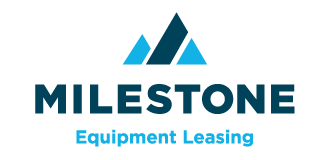
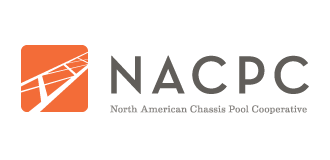
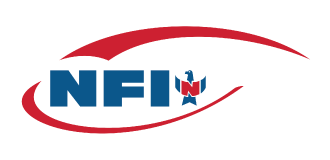
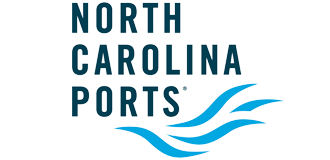




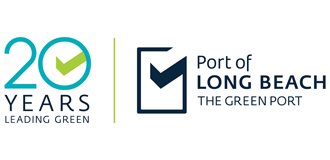

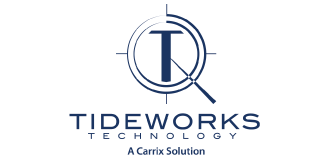




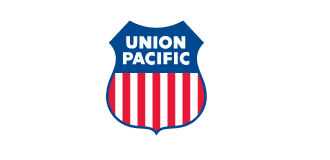
Comments